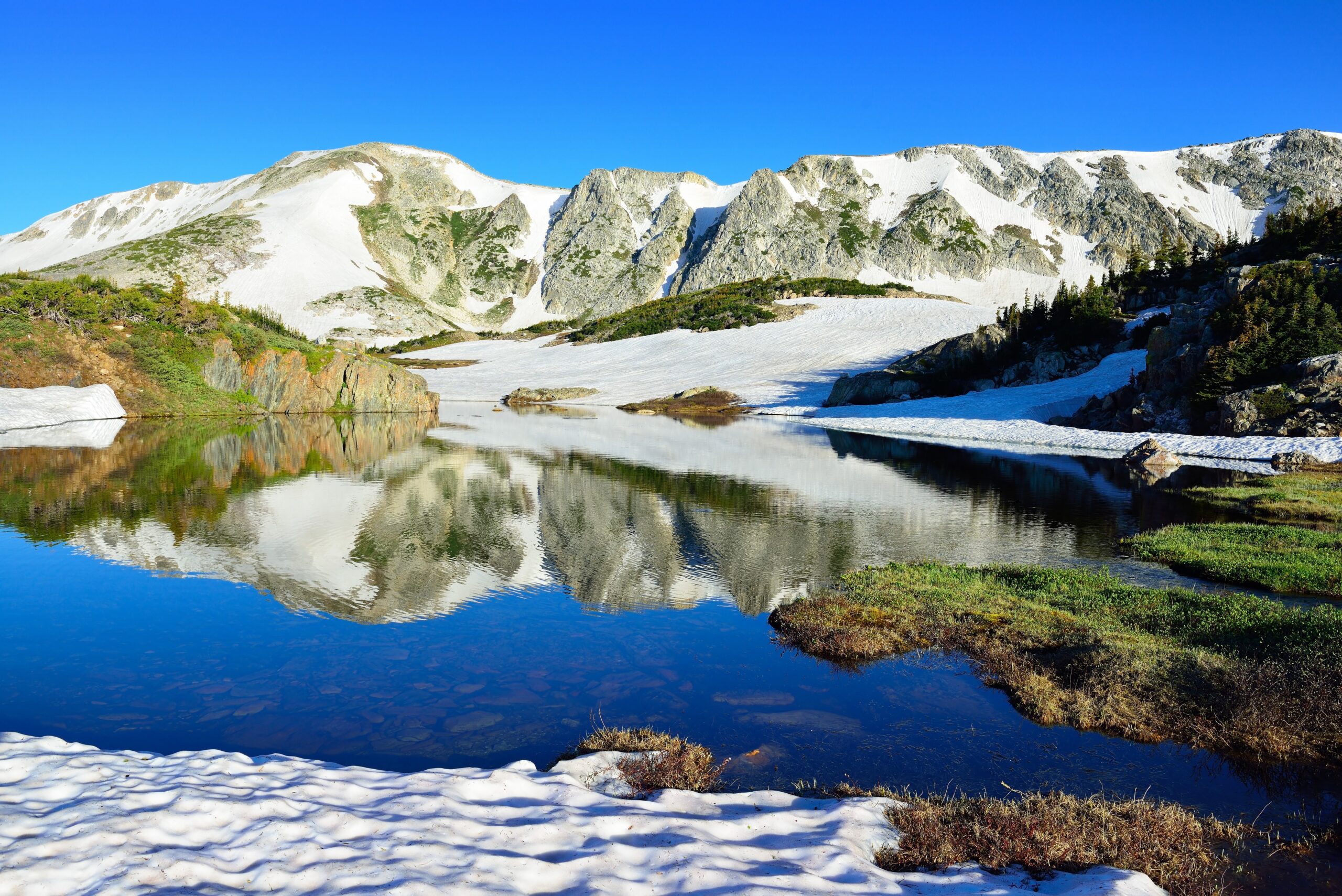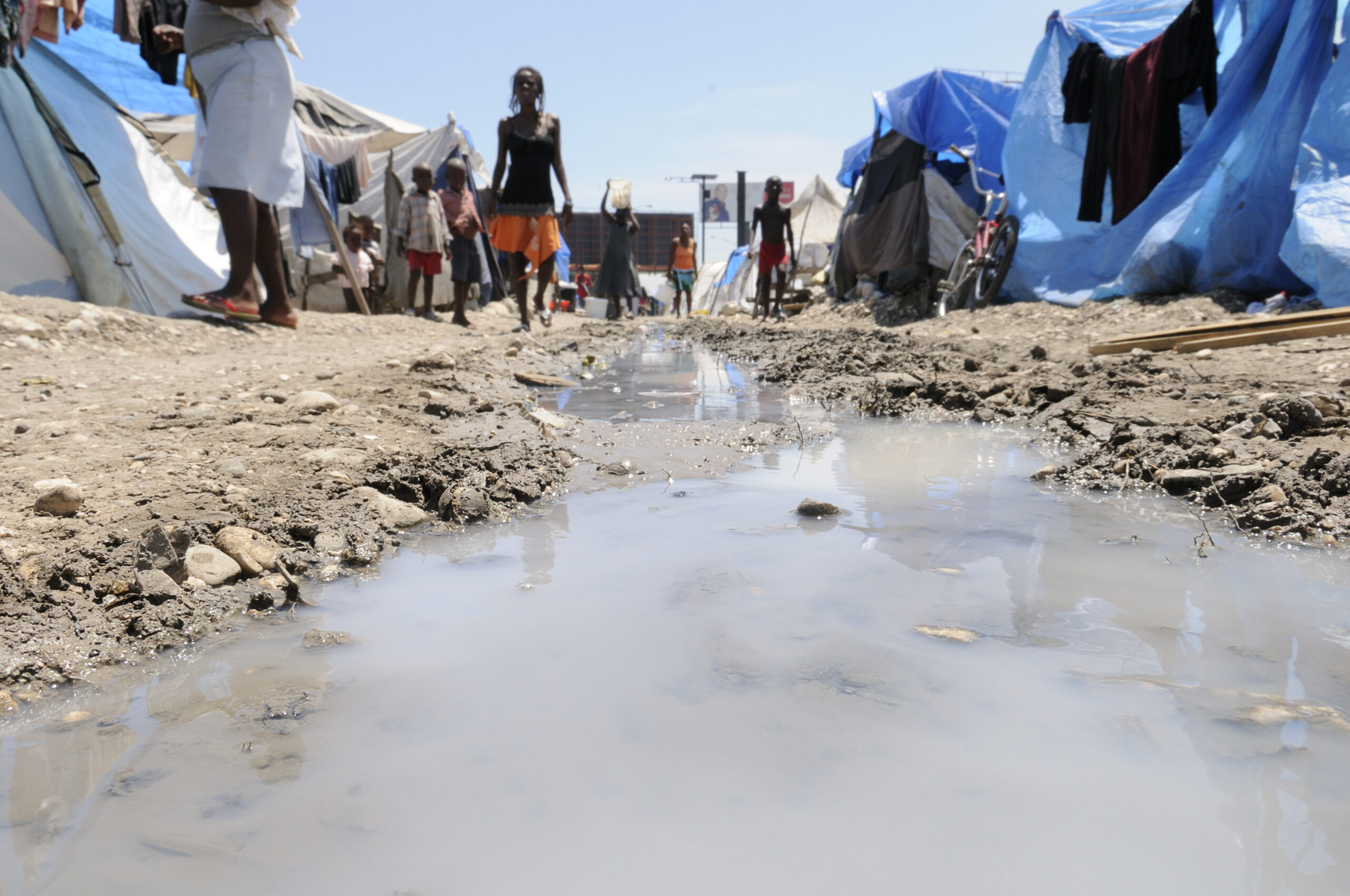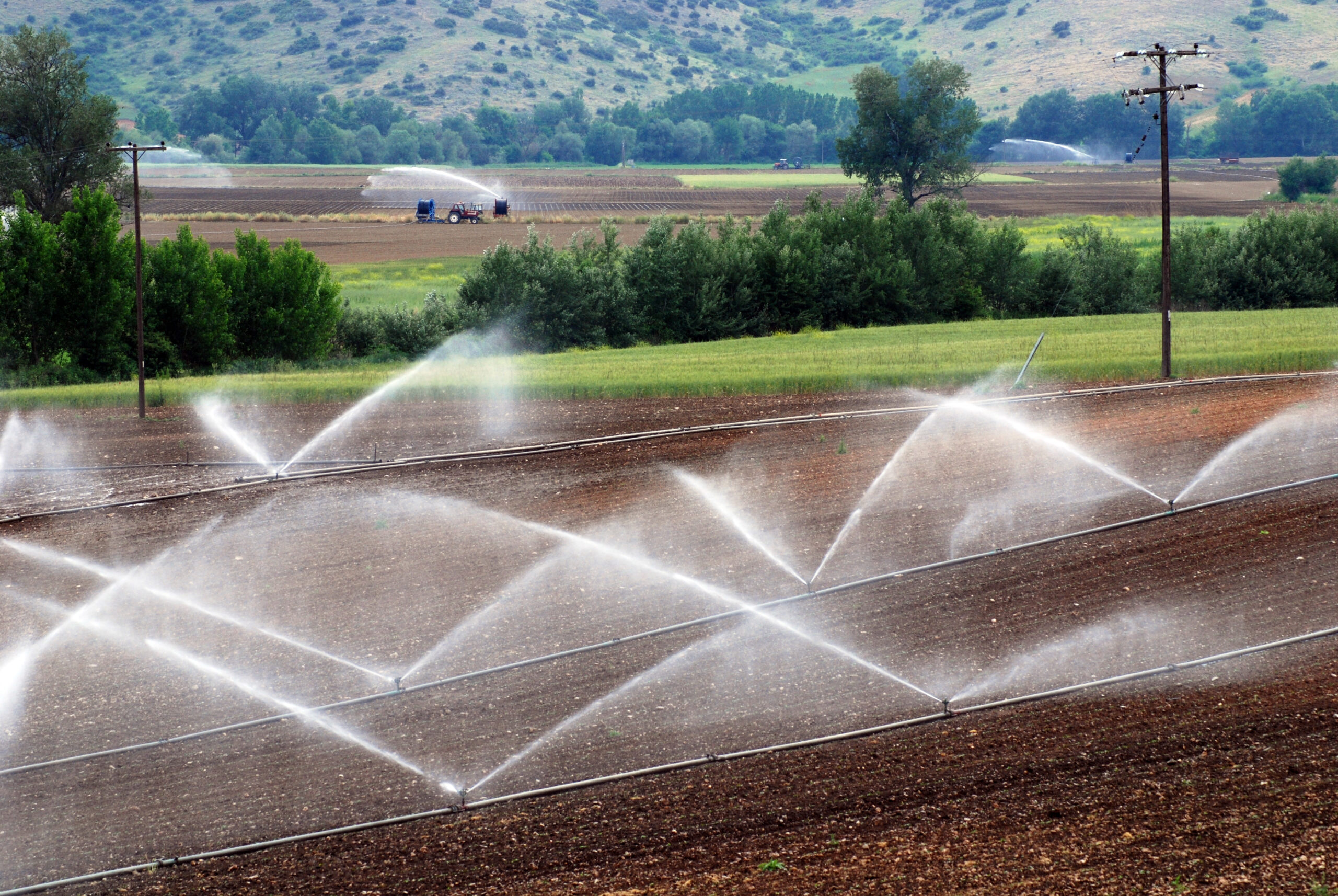Water Temperature

Thermal pollution standards from the U.S. Clean Water Act and other international regulations limit the maximum temperature allowable for water returned to water bodies from a power plant's cooling system. To prevent ecosystem damage and harm to aquatic life, regulations either set maximum allowable exit temperatures (at a fixed absolute value) or limit the relative differential between the inlet and outlet water temperatures. When heat waves increase the temperature of incoming water, power plant operators sometimes decrease production to avoid exceeding their thermal pollution threshold.
For example, during a countrywide heat wave in France in 2003, when power demand spiked as customers sought cooling, 17 of 58 power plants reduced capacity or shut down to avoid violating thermal pollution regulations.1H. Forster and J. Lilliestam “Modeling thermoelectric power generation in view of climate change,” Regional Environmental Change 10 (2010), 327-338, doi: 10.1007/s10113-009-0104-x; M. Poumadere, C. Mays, S. L. Mer, and R. Blong, “The 2003 Heat Wave in France: Dangerous Climate Change Here and Now,” Risk Analysis 25 (2005), 1483-1494, doi: 10.1111/j.1539-6924.2005.00694.x; and M. Hightower and S. A. Pierce, “The Energy Challenge.” Nature 452 (2008), 285-286, doi: 10.1038/452285a. High river temperatures and low river levels endangered the entire electricity system. Électricité de France (EDF) requested and received exemptions from European regulators to keep operating so that demand for air conditioning could protect human health without causing the grid to fail. Unfortunately, despite these efforts, the weather caused 15,000 to 20,000 heat-related deaths in the country.2Jean-Marie Robine, et al., “Death toll exceeded 70,000 in Europe during the summer of 2003,” Comptes Rendus Biologies 331 (2008), 171-178, doi: 10.1016/j.crvi.2007.12.001; M. Poumadere, C. Mays, S. L. Mer, and R. Blong, “The 2003 Heat Wave in France: Dangerous Climate Change Here and Now,” Risk Analysis 25 (2005), 1483-1494, doi: 10.1111/j.1539-6924.2005.00694.x; and P. Lagadec, “Understanding the French 2003 Heat Wave Experience: Beyond the heat, a Multi-Layered Challenge,” Journal of Contingencies and Crisis Management 12 (2004), 160-169, doi: 10.1111/j.0966-0879.2004.00446.x. As climate change intensifies, regulators and policy makers will encounter an ethical dilemma between protecting aquatic environments and saving human lives unless the systems are designed differently.

Image courtesy Reto Stockli and Robert Simmon, based upon data provided by the MODIS Land Science Team. NASA, 2003.
Cold conditions and freezing water also threaten the reliability of the electricity sector in winter months. For example, water freezing within coal-fired power plants in Texas caused a cascade of failures, which plunged the state into varying degrees of darkness in February 2011.3Federal Energy Regulatory Commission and North American Electric Reliability Corporation, Outages and Curtailments During the Southwest Cold Weather Event of February 1–5, 2011 (Federal Energy Regulatory Commission, 2011), accessed August 27, 2016, link; E. Souder, S. Gwynne, and G. Jacobson, “Freeze knocked out coal plants and natural gas supplies, leading to blackouts,” Dallas Morning News, February 6, 2011; and E. Souder, G. Jacobson, and S. Gwynne, “Texas electric grid operator's rolling blackouts during freeze bring political scrutiny,” Dallas Morning News, February 12, 2011. First, frozen water caused multiple fossil fuel power plants to turn off when instrumentation and sensing lines were no longer operable because water could no longer flow through them. At the same time, because of the cold temperatures, Texans were using natural gas to heat their homes and buildings, making natural gas less available for power plant backup. Consequently, the power went out in portions of the state, which turned off electrical equipment and gas compressors along gas pipelines, causing gas pressures to drop and straining the system further.4K. Galbraith, “The Rolling Chain of Events Behind Texas Blackouts,” Texas Tribune, February 3, 2011. Ultimately, between February 1 and 4, 2011, more than two hundred individual generating units within the Texas grid experienced an outage, derating, or failure for a total loss of 4,000 megawatts (MW) of capacity.5Federal Energy Regulatory Commission and North American Electric Reliability Corporation, Outages and Curtailments During the Southwest Cold Weather Event of February 1–5, 2011 (Federal Energy Regulatory Commission, 2011), accessed August 27, 2016, link. This anecdote of small water lines producing statewide blackouts demonstrates the degree to which the power sector depends on water and its vulnerability to minor changes in water temperature and availability.

Image Credits: zhangyang13576997233/Shutterstock.com; ZoranOrcik/Shutterstock.com.


